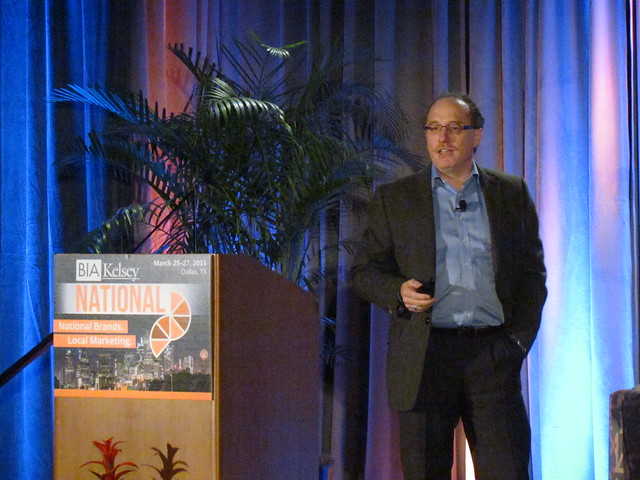
“The industry is changing right around us,” Peter Kravilovsky. We’ll be unveiling several new mergers and acquisitions in local media during the week.
At the intersection of national and local marketing, we face an accelerated speed of change, lack of experience talent in interactive, structural changes in the market that challenge traditional marketing practices. The move from push to pull communication is changing who is in control of the messaging. Gregg Stewart, CEO of 3rd Act Marketing began by framing the week’s discussion. The agency, formerly the commander of local marketing, is now just another partner at the table.
The pace of change has disrupted media planning, Stewart said. We need to be “agile,” even if that is an over-used term these days. Now planning must take place in mini-bursts throughout the year rather than all at once at the beginning of the year. We need to do more testing of channels and techniques, throwing out what doesn’t work fast.
Stewart says the talent vacuum is our biggest challenge as an industry. Organizations must understand opportunities to bring talent together for specific projects: Buy experience with a group of star digital talent, but the salaries often are often outsized compared to actual experience. It takes about 18 months to get a return from these investments in human resources, and that’s the current average length of tenure in the industry. Do more training and develop people from scratch, but there the agency has to defend the talent from poachers. Continuous development of talent is essential.
A hybrid model for human resources also can be an asset, as your people spread through the industry. Identify networks of relationships and build on those relationships. This points to the question of whether we are organized correctly as an industry. (We’ll be covering this question at BIA/Kelsey NOW in June). Early efforts to blend digital and traditional made the different media types enemies. Now we need to integrate and train across traditional and digital, especially as we go to mobile.



